Robotics in Healthcare: Transforming Patient Care and Shaping the Future of Medical Innovation
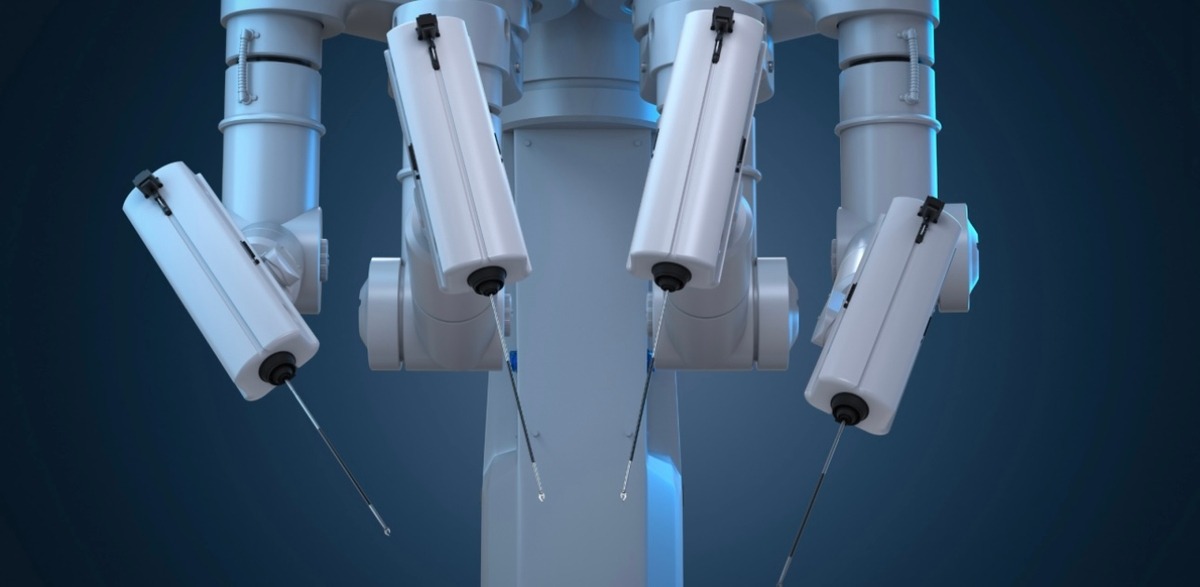
Robotics in Healthcare: Transforming Patient Care and Shaping the Future of Medical Innovation
Robotics functions as an important transformative power in healthcare that revolutionizes medical care delivery as well as surgical accuracy and rehabilitation systems. The medical world experiences a major transformation because robotic technologies help with both delicate operations and post-operative patient care. This article investigates present implementation strategies for medical robots in healthcare, while examining upcoming trends in this developing technological field.
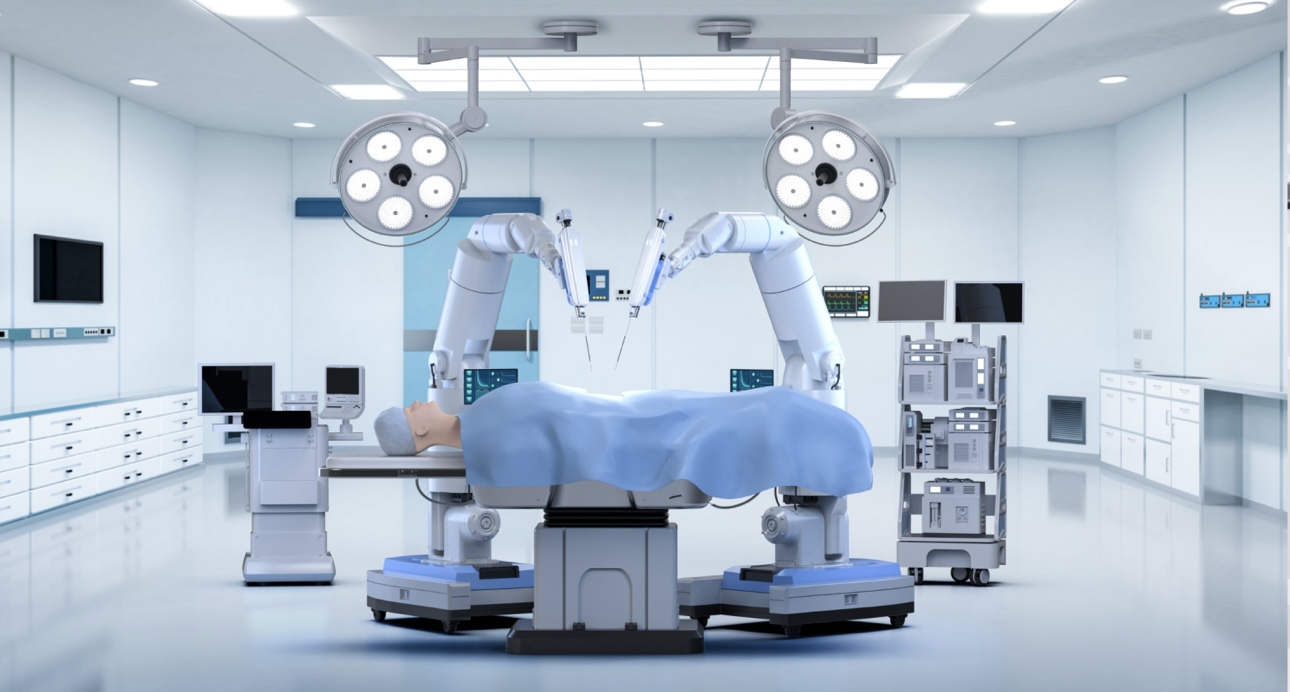
Surgical Robotics: Enhancing Precision and Efficiency
Medical robotics gain their most revolutionary adoption through their deployment within operating rooms. The surgical robots currently revolutionize the medical operation space by enabling remarkable surgical precision together with reduced invasive procedures leading to better clinical results. Robotics technologies provide surgeons with advanced capabilities to help them minimize both patient suffering and clinical practitioner fatigue.
1) The da Vinci Surgical System The da Vinci Surgical System from Intuitive Surgical holds a status as one of the most prominent instruments in robotic-assisted surgery. The robotic surgery system provides surgeons access to multiple incisions through which they operate about as a human would through robotic arms that precisely replicate human hand movements. High-definition 3D camera devices provide surgeons with enhanced view capabilities during surgical procedures because of their magnified imaging capabilities. The medical device serves various urology, gynecology, general surgery, and cardiothoracic surgical applications. Research has demonstrated that da Vinci robotic surgery enables patients to experience reduced pain alongside reduced hospitalization duration together with decreased recovery periods.
2) NHS’s Expansion of Robotic Surgery
The National Health Service (NHS) of the UK is using robotic surgical systems for multiple purposes which include reduced patient queues and better surgical success rates.Robotic systems received approval from the National Institute for Health and Care Excellence (NICE) to perform 11 different operations including joint replacements together with tumor removals and hernia repairs. Operating procedures use better accuracy and consistency standards which result in lower complications and speed up rehabilitation periods. Muswell Hill Hospital's expansion belongs to an overall strategy which includes both surgical care innovation and backlog reduction inspired by COVID-19 pandemic impacts.
3) AI Integration in Robotic Surgery The introduction of Artificial Intelligence (AI) technology brings exceptional intelligence into robotic surgical procedures. Professional medical algorithms take large databases to supply surgeons with real-time process assistance during operations. The technology produces forecasts about possible complications and indicates both the best surgical routes and treatment plans, which match the unique anatomy of each patient. AI currently enhances robotic surgery systems by providing both greater accuracy and automated error prevention in addition to promoting uniform standardization of quality medical treatment across medical facilities.
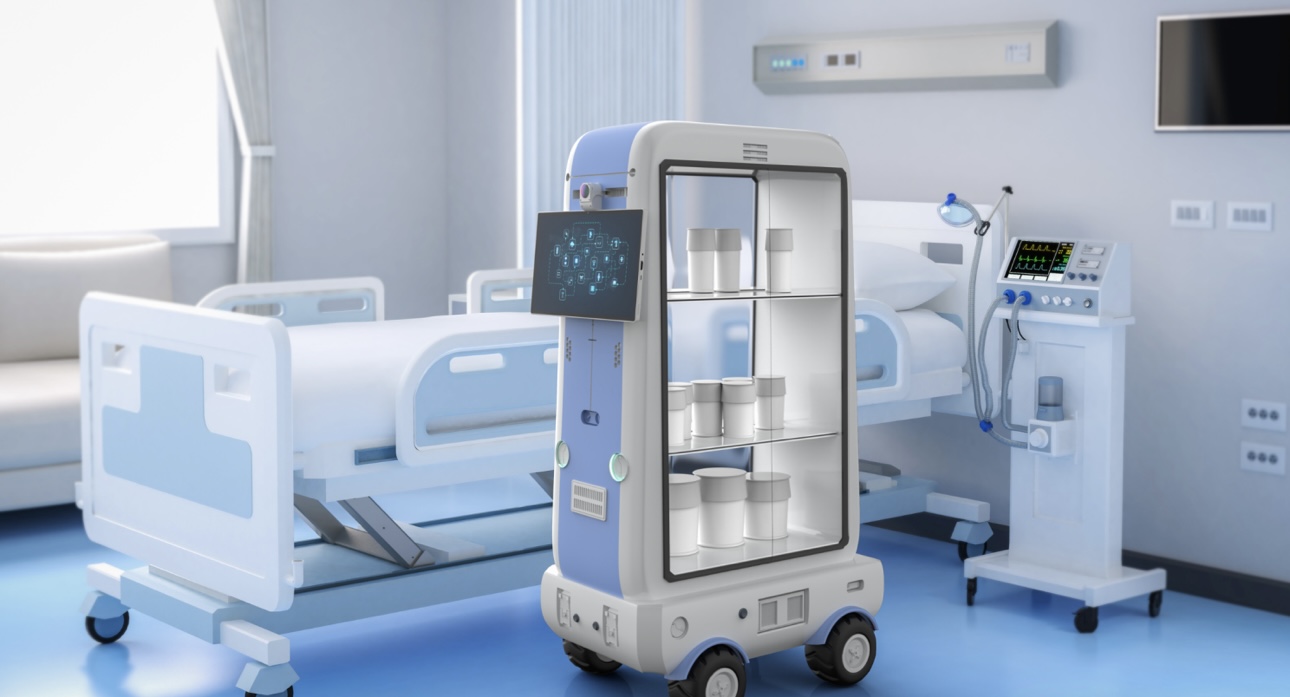
Rehabilitation Robotics: Supporting Patient Recovery
Rehabilitation medicine heavily depends on robotic technology to help patients recover their movement and independence which becomes necessary after strokes or surgical procedures or following injuries.
1) Robotic Exoskeletons
The lower-limb robotic devices from both Ekso Bionics and ReWalk utilize motor components to deliver support to disability patients. People who use these wearable suits achieve movement independence and environment navigation safety, while their muscles strengthen and self-assurance improves. These devices find use at rehabilitation centers while also being transformed to work in home-based recovery efforts.
2) Assistive Therapy Robots The InMotion ARM robotic system provides customized repetitive therapy to stroke patients who can use it for recovering their arm functions. These robots track patient advancement through real-time adjustments during therapy periods that lead to better motor improvements for their patients. Advancements in Rehabilitation ResearchScientists are currently working on sensor development alongside artificial intelligence and machine learning applications to build improved adaptive rehabilitation tools. Technologists work on developing robotic treadmills alongside finger trainers and upper-body assistance devices which help patients regain neuroplasticity along with faster recovery through genuine life motion replication.
July 22-23, 2025
Hyatt Regency, Minneapolis, MN
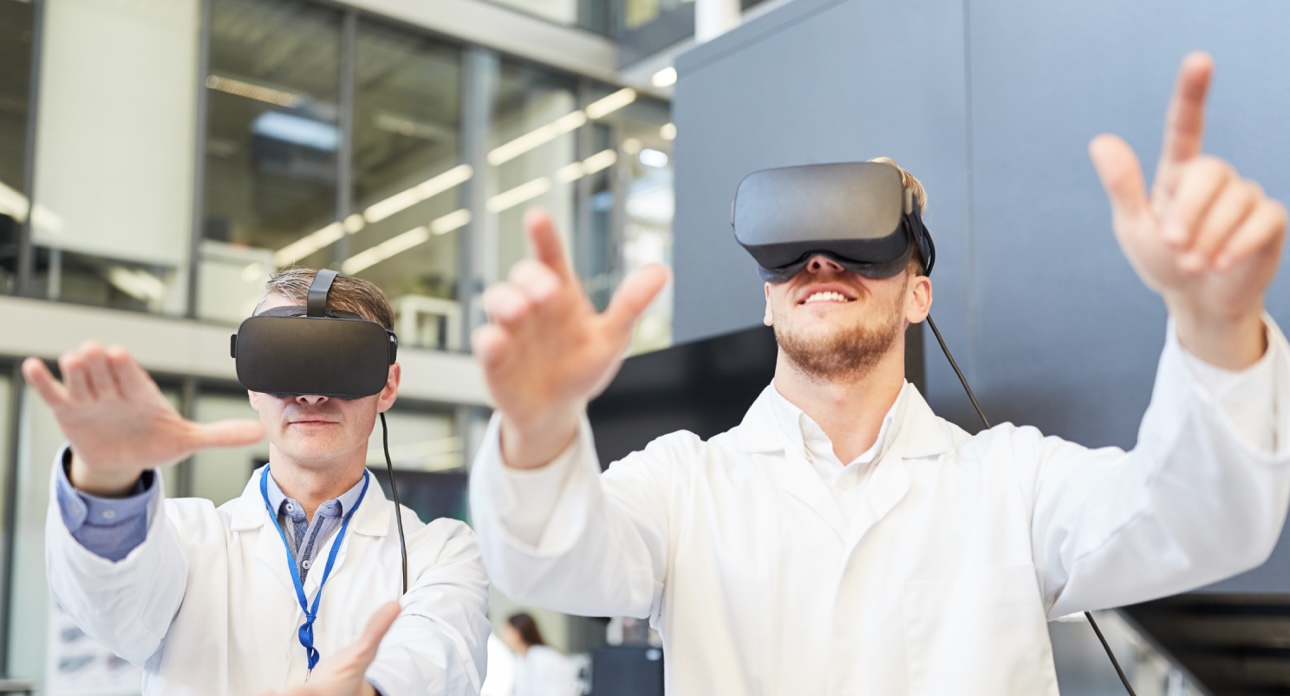
Robotic Pharmacy and Telepresence:
a) Streamlining Healthcare Delivery Besides surgical treatments and post-operative recovery, robotics aids pharmacy operation efficiency and enables healthcare access through remote technologies.
b) Robotic Pharmacy Systems The implementation of robotic systems allows pharmacies to achieve automation in their medication dispensing processes as well as IV solution preparation and inventory control operations. The automated systems use technology to enhance precision and minimize mistakes and expedite drug transport which leads to both lower patient safety risks and operational process optimization.
c) Telepresence Robots Healthcare providers use telepresence robots to connect with their patients who cannot access standard medical facilities in remote or unfilled medical service areas. Through InTouch Health’s RP-VITA platform doctors maintain access to virtual examination rooms which enable healthcare consultations anytime while removing the requirement for physical contact. Robotic Companions: Addressing Emotional and Cognitive Needs The recent development of robotic companions serves to provide social support and cognitive exercise along with emotional assistance for elderly adults together with people suffering from cognitive disorders.
a) Social Interaction and Cognitive Stimulation The robots enable user interaction through conversations and games while providing mental wellness services which decreases loneliness symptoms. Such robotic companions provide safer monitoring of vital signs to assist caregivers in detecting potential health problems leading to reassurance for patients together with their families.Future Prospects: Innovations on the Horizon Technology continues to propel robotics toward great future developments in healthcare environments through both modern advances and exploratory scientific initiatives. The emerging developments open new pathways for advancing medical diagnosis together with therapeutic procedures and clinical patient care. Synthetic Touch Technology An outstanding advancement involves the creation of synthetic touch. Researchers from University College London invented a sophisticated haptic system which perfectly duplicates how human touch senses. Skin receptors respond to precisely controlled vibrations from this bio-inspired system that enables people to experience real pressure sensations. This technology demonstrates exceptional promise to enhance the sensitivity along with precision in procedures conducted by robotic assist. The technology also provides medical advantages for patients with nerve damage and sensory impairments who can regain touch senses through robotic attire.
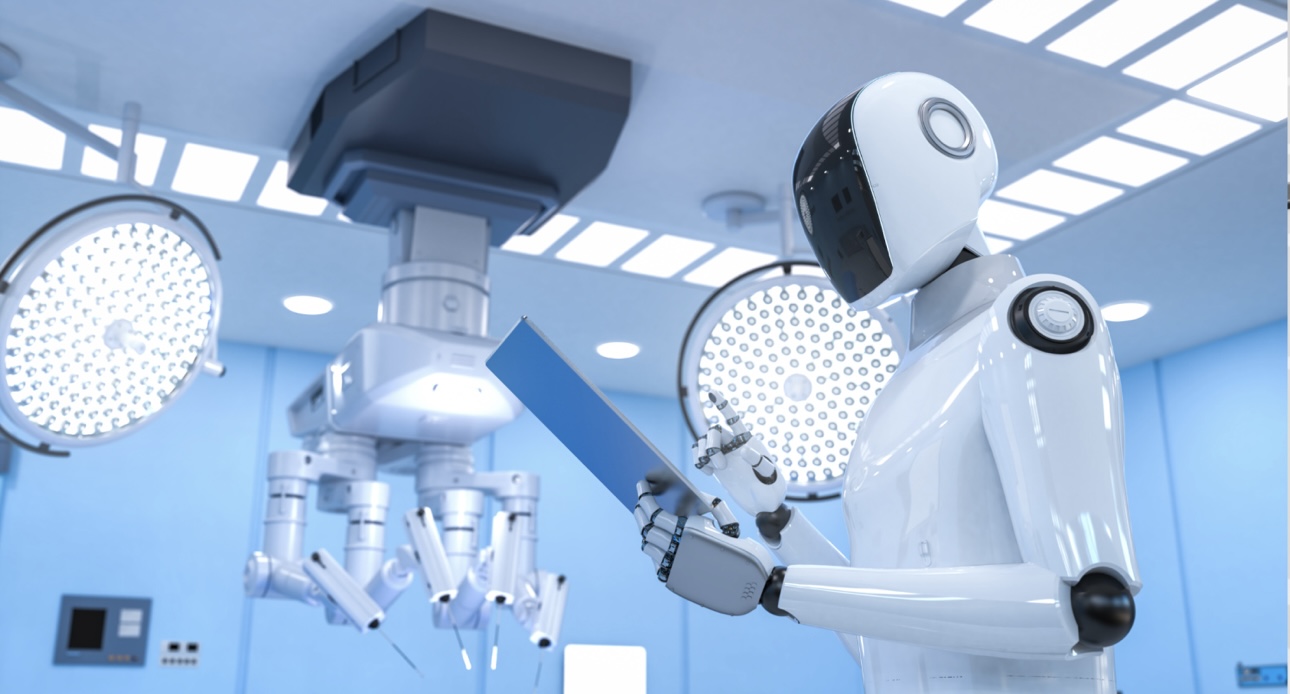
AI-Driven Healthcare
Healthcare robotics will substantially depend on Artificial Intelligence to fulfill its essential role during the coming medical period. The business leader Vinod Khosla predicts the time when AI expertise will be both universally accessible along with being feeless. The infrastructure proposed by Vinod Khosla includes AI-controlled medical diagnostics combined with clinical decision support and education tasks that would deliver efficient and less expensive care. Modern robots that utilize AI show potential for continuous patient observation followed by proactive health danger recognition and patient-specific therapeutic protocols that need limited human contact.



.png)



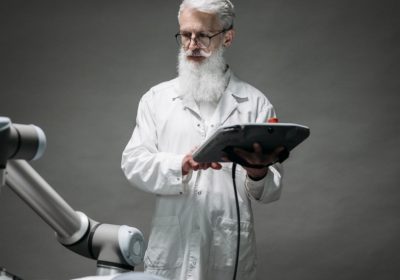
Leave a Reply